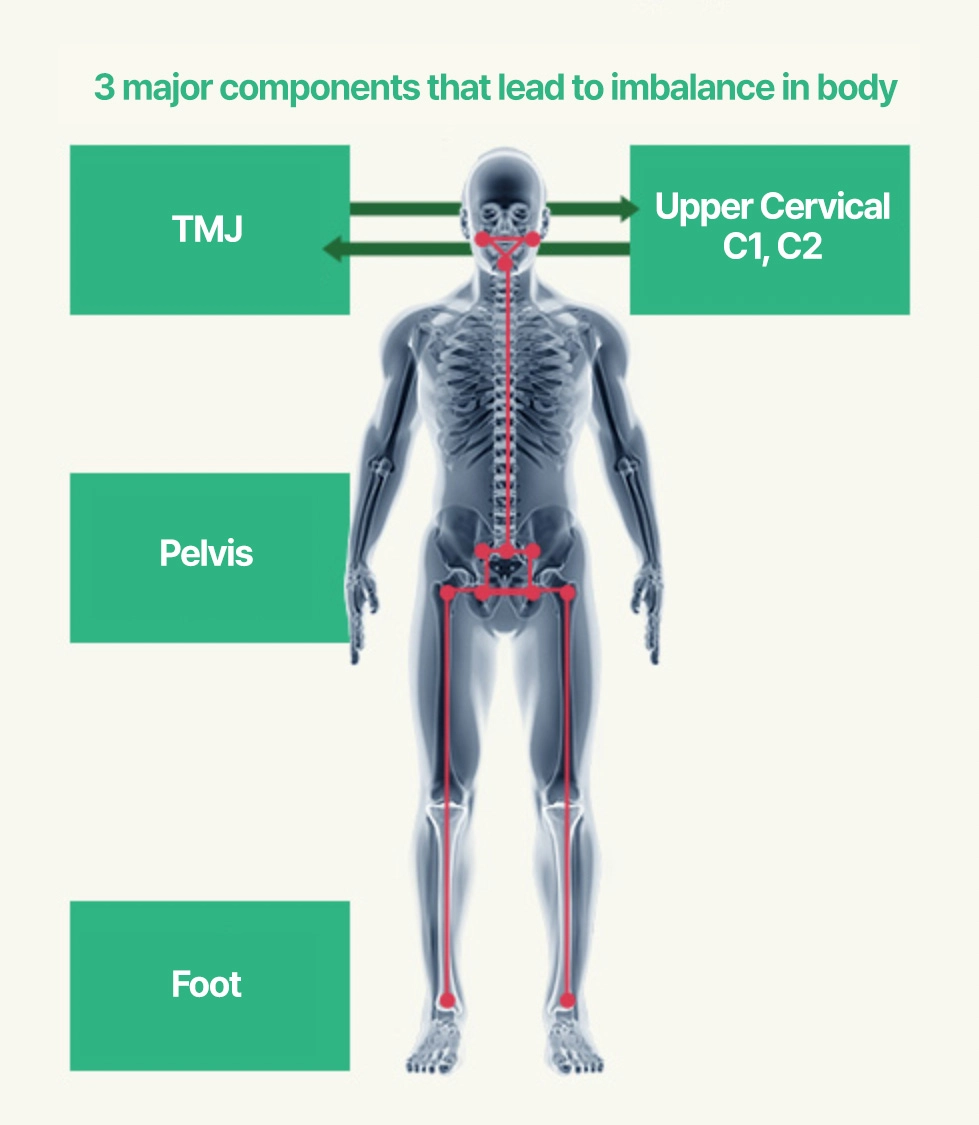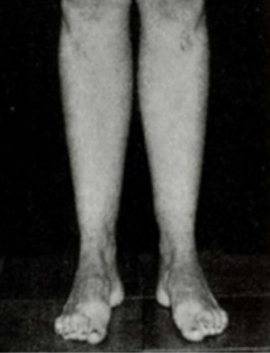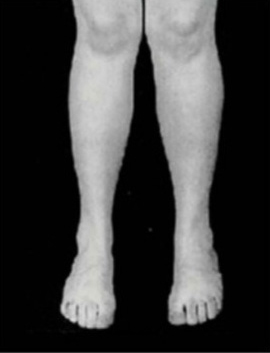Bridging Eastern & Western Medicine
Discover Relief at MBR Clinic for Persistent Knee Pain
Major contributor to migraine, neck, and shoulder pain
Are You Experiencing Any of the Following Symptoms Related to Knee Pain?
Despite having undergone an arthroscopic procedure for knee pain, the pain in the knee persists.
Even after some time has passed since the knee injury, the pain continues to persist.
Walking long distances or engaging in exercise triggers the reoccurrence of knee pain.
The knee pain has led to a deformity in the leg, causing it to resemble an “OX” shape..


Do you suspect the issue may be related to worn cartilage or degeneration?
Actually, 90% of Knee Pain is Caused by Twisting the Knee
Knee pain is not solely attributed to worn-out cartilage; it also involves soft tissues such as the joint, tendon, and joint sac surrounding the knee. These structures are often subject to tears or overloading. This pain can persist despite surgery or medication. So, what causes pain in the surrounding areas of the knee? It is primarily caused by the twisting of the supporting foot below the knee and the twisting of the pelvis, which adjusts the knee from above.
As a result of this leg twist, the feet and pelvis become misaligned, leading to knee torsion. This twisting of the knee sensitizes ligaments, tendons, and muscles, making them susceptible to even minor irritations, ultimately resulting in knee pain.

Do you suspect the issue may be related to worn cartilage or degeneration?
Torsion of the Knee is a Common Cause of Knee Pain
Knee pain is not solely attributed to worn-out cartilage but also involves the surrounding soft tissues, including the joint, tendons, and joint sac. These structures are prone to tears or overloading, leading to persistent pain even after surgery or medication. The pain in the surrounding areas of the knee is primarily caused by foot misalignment and pelvic twisting, which in turn result in knee torsion. This torsion sensitizes the ligaments, tendons, and muscles, making them vulnerable to even minor irritations and ultimately leading to knee pain.



Do you suspect the issue may be related to worn cartilage or degeneration?
What are the Causes of Knee Torsion?
The knee, composed of the two longest bones in the human body, forms a joint. Even a slight imbalance in the foot or pelvis can easily cause twisting when the lengths of the leg bones differ. Additionally, the knee is susceptible to distortion due to its position between the pelvis, which serves as the central axis of our body balance, and the foot, which acts as the fundamental axis of balance. Remarkably, 70% of knee pain can be attributed to foot imbalance, as highlighted in recent academic research. The imbalance in the foot leads to knee torsion, resulting in pain. Furthermore, the remaining 30% of cases do not arise from knee cartilage degeneration or joint issues but rather from knee distortion caused by pelvic imbalance. It is possible to treat knee pain and prevent its recurrence without resorting to surgery through appropriate treatment of the feet and pelvis.
Causes of knee distortion from Foot & Pelvis Imbalance

Bowed Legs
Caused by imbalance in hip joints

SOT Block Therapy
Caused by imbalance in feet

Knock Knees
Caused by imbalance in feet
Step-by-Step
The four Major Types of Knee Pain Categorized by MBR
Frontal Knee
Posterior Knee
Medial Knee
Lateral Knee
